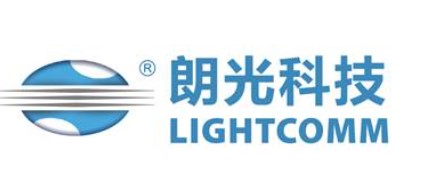Product number:
SW10546
Manufacturer:
LightComm Technology
Product information "ILP In-line Polarizers"
Polarization Maintaining; 630 to 1550, 2000 nm; Return Loss ≥50 dB; Power Handling ≤300 to ≤500 mW; Fiber Type PM, SM
LightComm Technology’s ILP series of in-line polarizers are micro optics devices that can be used to convert un-polarized light into polarized light with high extinction ratio. It can also be used to enhance the extinction ratio of signals. The ILP series of in-line polarizers offers low insertion loss, high extinction ratio, high return loss and excellent environmental stability and reliability. It is ideal for high-speed communication systems and test instrumentation applications.
Key Features:
- Compact Size
- Low Insertion Loss
- High Extinction Ratio
- Excellent Stability and Reliability
Applications: Fiber Lasers; Fiber Amplifiers; Fiber Sensors; Optical Communications
Manufacturer "LightComm Technology"
LightComm Technology, CO. Ltd, founded in 2000 by a team of optical component engineers with more than 20 years experience, is a leading, innovative company of fiber optical components. LightComm provides cost effective solutions based on Fused Fiber Couplers, PLC, CWDM/DWDM Filters, EDFA, Pump Combiners, Isolators, PM Fiber Components, Connectors and Integrated Modules technologies. High level research, development and design work enable LightComms products extremely flexible in meeting client requirements.
Related links of the manufacturer


